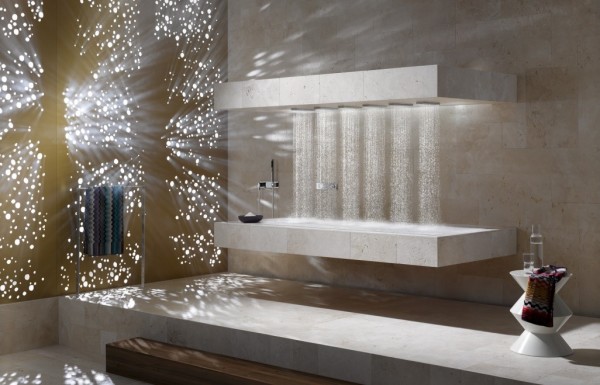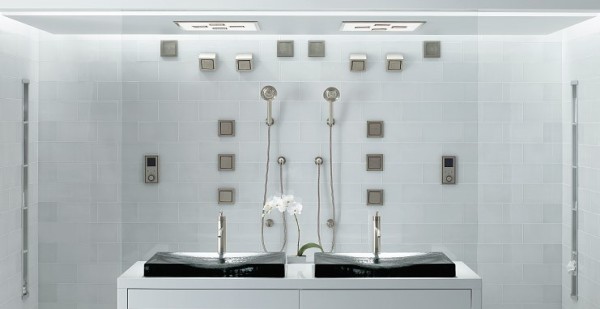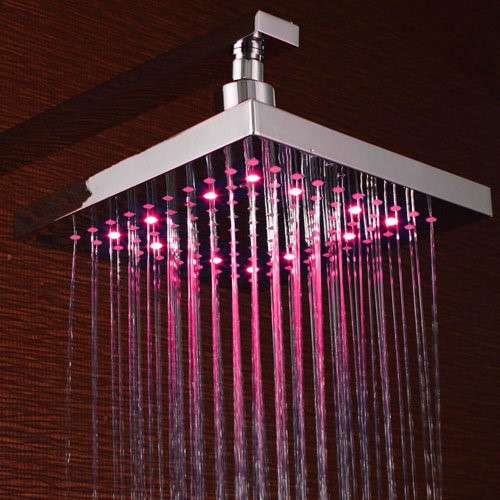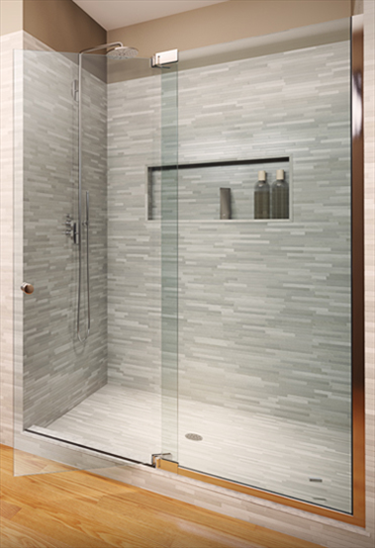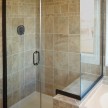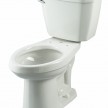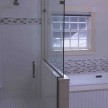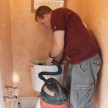Bathroom Remodeling
Kitchens and baths are the two remodeling projects that will increase the home’s value and appeal for resale. But, they are also the most expensive per square foot due to the complexities and materials and fixtures selected.
The average bathroom remodeling project cost $17,735 in 2014, according to the National Kitchen and Bath Association (NKBA), with labor accounting for about 20 percent of the total cost.
There’s a long list of things to think about, but the research shows that most consumers are spending too much time and money on certain features and fixtures and not enough on others that can more dramatically impact the overall feel of the room.
The toilet is the foundation for all plumbing since it not only transports water but, it also has to be vented through the roof. With all of the other water lines tied into the main stack servicing the toilet, it is best to keep it in the same place whenever possible.
Just because the throne stays in place doesn’t mean an upgrade isn’t in order. For most homes, the toilet is the number one consumer of water and until the early 1990’s almost all toilet consumed as much as six gallons per flush. Today, low flow and dual flush toilets can use as little as 1.28 gallons per flush.
The Environmental Protection Agency estimates the families can save between 20 and 60 percent by installed a new, more efficient toilet. This translates into an annual savings of about $110 a year and 13,000 fewer gallons being used.
In terms of square footage, the shower is one of the largest areas and, if done properly, can be the focal point for a successful remodel. From humble beginnings, the first mechanical showers were operated by a hand pump. Today, showers and the showering experience have been elevated to new heights. The evolution of style and function has transformed the bathroom into personal spa.
From horizontal showers
To multiple shower heads
To a Bluetooth-enabled shower head with a speaker and temperature-sensitive LED lights
It is often said that they eyes are a window to the soul and, so too, the same can be said about the shower enclosure.
One of the reasons most homeowners tend to pick faucets, tiles and hardware is that they are visually appealing and they are relatively simple.
The typical shower enclosure has many considerations from the glass to the frame to the hinges and hardware and, for a successful fit, measurements need to be exact.
With 60 years of experience, one company, Basco, has made strides in simplifying the purchasing process with the introduction of their RODA line. Previously, homeowners, guided by showroom salespeople, had to pick out all the parts and pieces — in addition to the glass — that would be used in their installation. It could be an overwhelming decision-making process.
Instead, RODA now offers 10 to 15 design collections that include everything needed for installation.
Looking to upgrade but not sure where to start? Sterling, a Kohler company, offers a wide selection of shower doors, bath and shower options, sinks and toilets. Their DIY section of the website offers numerous project types with estimates that includes time required, material costs, required experience a gallery of images showing the finished product.
While lighting and ventilation only accounts for five percent of the total budget, proper air flow is paramount to keep moisture and possibly, mold, at bay. The NKBA guidelines suggest a ducted system that’s at least 50 cubic feet per minute. The larger the space, the more ventilation needed to prevent moisture build up. There are also humidity-sensing units that will automatically turn on and off depending on the amount of moisture in the air.
With all of the options available it is important to be sensible about the size and scope of the remodel to avoid over-investing that can easily reduce the project return.



